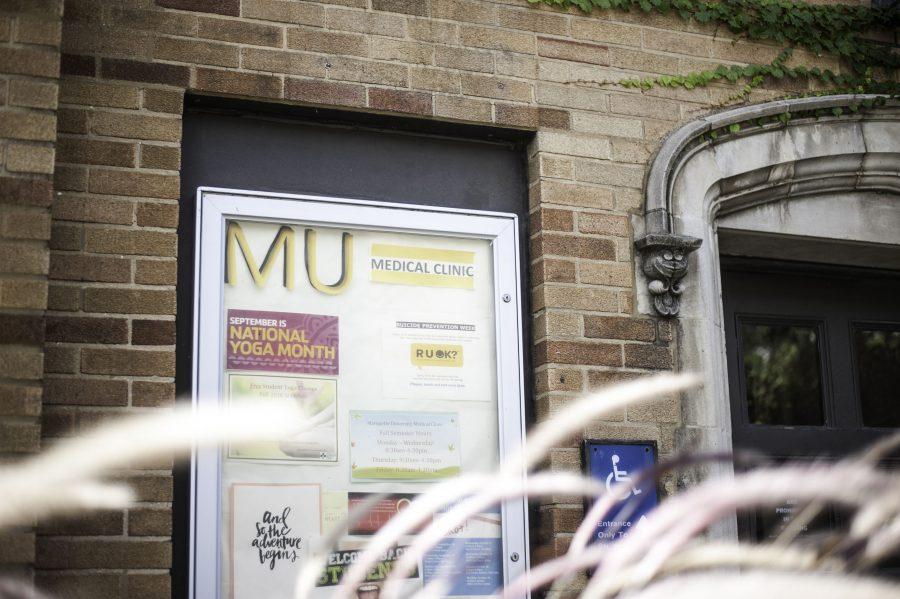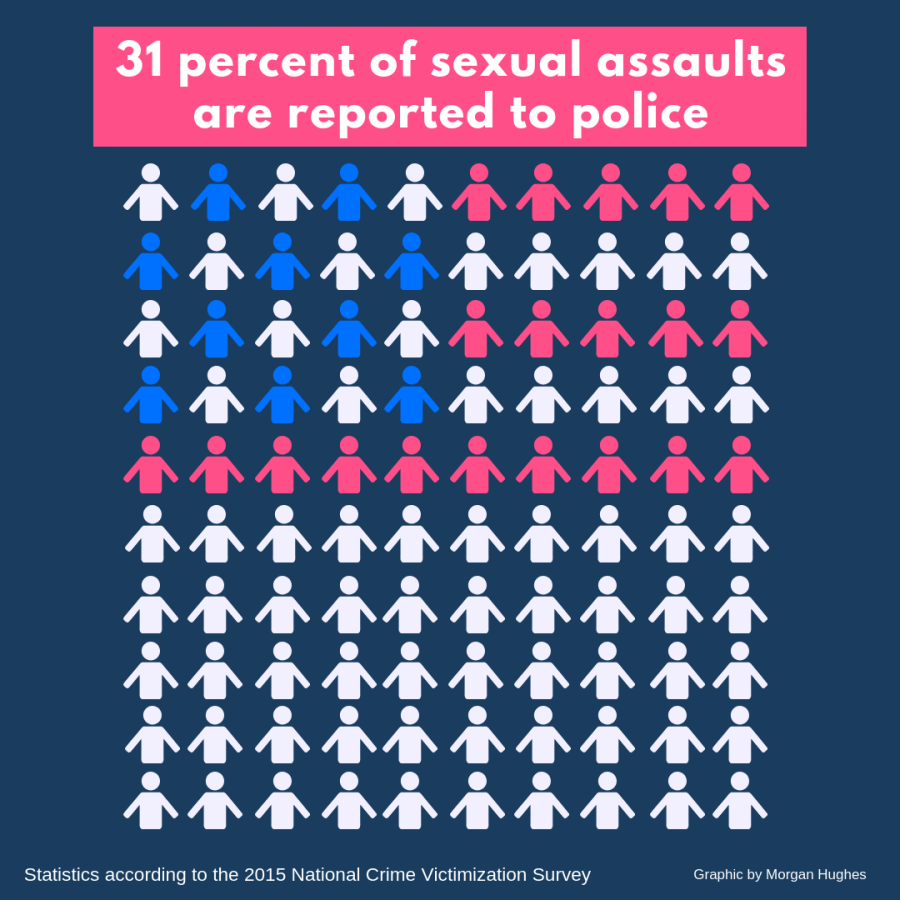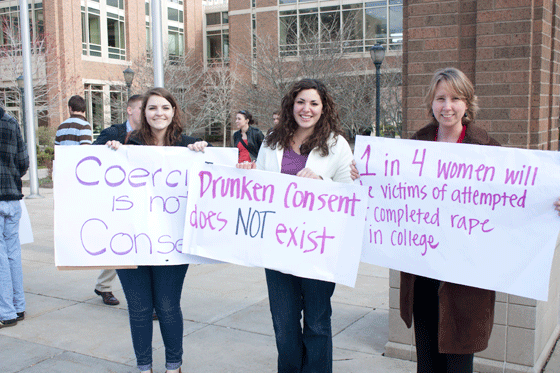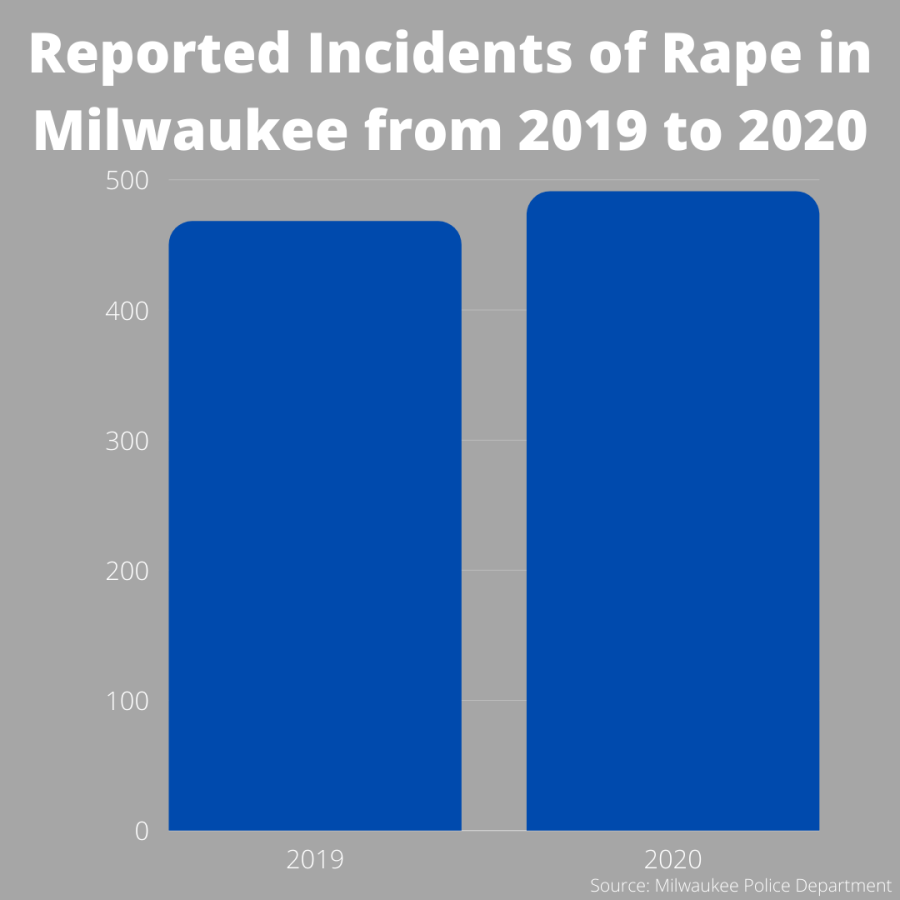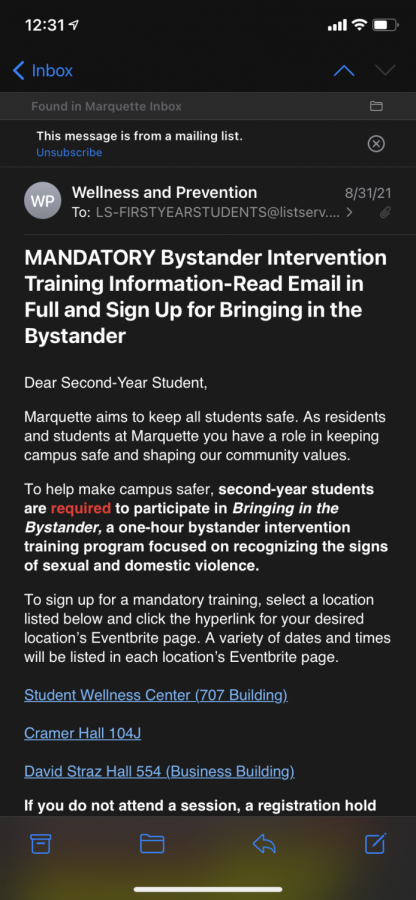This past July, a data science startup called “The State of Education” published a study on campus sexual health across the U.S., listing Marquette University as the least sexually healthy college campus in the nation.
On Aug. 28, an online magazine called Motherboard, a branch of Vice News, published the results of the study and Marquette’s new sexual health rating circulated around campus.
However, several Marquette students and faculty members questioned the legitimacy of the report.
“You see this article that says Marquette is last in campus sexual health and you know there must be something wrong,” Andrew Posegay, a junior in the College of Art & Sciences, said. “I live here and from what I see, that certainly is not the narrative.”
The study used three main categories to rank campus sexual health from best to worst: the 2014 county STD rate, average annual campus sexual assault rate and campus sexual health resources.
For Marquette, the study indicated that the STD rating was 203 percent above the national average and campus sexual assault rate was 71 percent above the national average.
Posegay said he is concerned whether the STD rate for all of Milwaukee County, which has a population of nearly 960,000 people, could be equated to the STD rate on Marquette’s campus, which houses less than 9,000 undergrad students. “We are just a sliver in the giant bubble that is Milwaukee County,” he said.
“The extrapolation of Milwaukee County STD rates would be vastly different from the rate of STDs actually in the small specific MU campus population,” Robin Brown, associate director of health and wellness at the Marquette University Medical Clinic, said. “The STD rates for MU are probably quite low based on results when students are tested here at MUMC.”
Andrew Larson, the lead data scientist on the project, defended the use of county STD rates and said, “Colleges don’t report STD rates, so we used the most localized and trustworthy STD data.”
Larson said according to Centers of Disease Control statistics, 15- to 24-year-olds account for 50 percent of the new sexually transmitted infections each year.
“Though a university like Marquette has a student body of just 9,000 students, its sexual partner network is likely much, much larger,” he said.
Larson used the U.S. Department of Education’s Campus Safety and Security Data, which includes Marquette’s 2015 Annual Security and Fire Safety Report, for the sexual assault data in the study. Those numbers are required by the Jeanne Clery Act of 1990, which requires colleges and universities that receive federal funding to provide information regarding sexual violence in a yearly report.
The report, which covers Clery Act statistics on rape, fondling, statutory rape and incest, only contains the number of incidents that occurred in campus buildings, leaving apartments and houses outside of campus unaccounted for.
“Clery numbers are not all-encompassing,” Marquette University Police Department Capt. Ruth Peterson said. “(Reporting sexual assault) is an extremely complicated process and there are many different avenues one can take … Our sexual assault numbers in the Clery Report are misleading.”
At Marquette, a victim of sexual assault can access the counseling center, seek medical attention at the university medical clinic, report the incident to MUPD or file a complaint with the Title IX office.
Professionals who staff the medical clinic and the counseling center are granted “legal privilege” under Title IX, which exempts them from the “duty of all university employees to report crimes to MUPD.” Their discussions with students about incidents of sexual assault are confidential and although they can encourage students to report the incident to Title IX or MUPD, they cannot notify officials themselves without the student’s consent. When a victim decides to use one of these outlets, the incident will often go unreported and, as a result, be left off the Clery Report.
“Seven percent of all incidents are reported to a school official,” the United States Bureau of Justice said on its website in January.
“Victims will engage in the way that makes the most sense for them,” Katy Adler, a victim advocate at Marquette, said.
Adler explained how victims of sexual assault are generally not worried about whether the incident is included in an annual safety report. She stressed the importance of providing victims with as many options as possible in order for them to overcome the incident in their own time.
“Students have lots of options for reporting and they might not necessarily be concerned with the mechanics of reporting the incident through Clery,” Adler said.
A victim of sexual misconduct at Marquette, who asked to remain anonymous, shared details of her incident and how she reported it to the university.
“I applaud the university for having these reporting resources available,” she said. “That’s where the conversation needs to be now, on the resources that are available.”
Shortly after Motherboard published the results of the study, they received a letter signed Amelia from a reader expressing concerns about the number of reported sexual assaults. A victim of sexual assault herself at Columbia University, Amelia condemned the study for taking Clery Report sexual assault numbers at “face value.”
Amelia said 20 percent of undergraduate women experience sexual violence on campus. The letter ends with the claim, “Numerous schools under-report the number of assaults on campus precisely so they can be lauded on lists like yours.”
Becky Ferreira, author of the Motherboard article that published the study’s data, later linked the letter to the article at the bottom of the webpage with a note that indicates, “The data does not factor in the high rate of unreported assaults or the possibility of colleges providing inaccurate numbers when it comes to sexual assault rates.”
Larson said the sexual assault figures in his study might not reflect the reality on college campuses.
“Data suggests that sexual assault reporting on college campuses is likely much lower than it is in reality,” he said.
Adler emphasized the need to continue discussing sexual violence and health on campus.
“We need more people to stay engaged in the process,” Adler said. “The best solution is to talk about things. Numbers just show one piece of the issue. Talking about the issues is better than just looking at reports. It requires culture change.”

